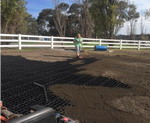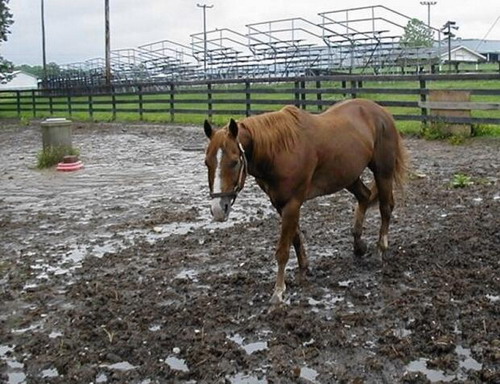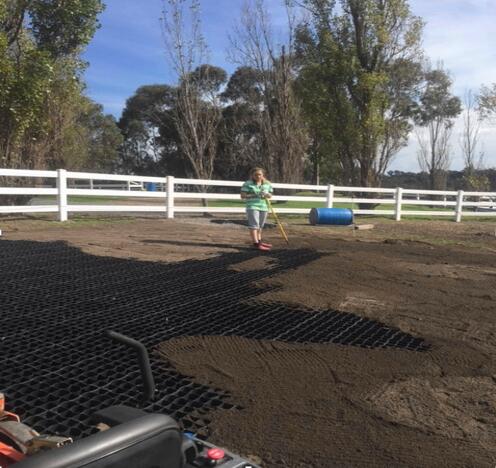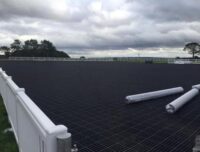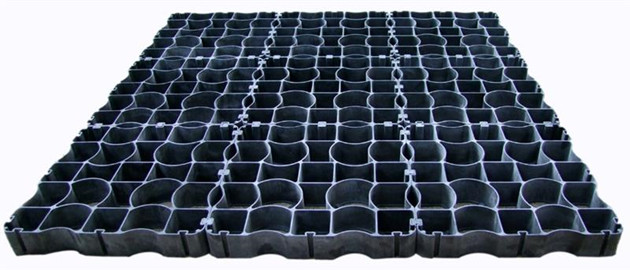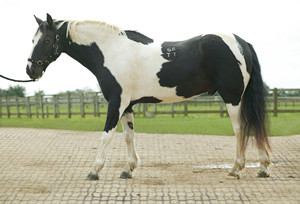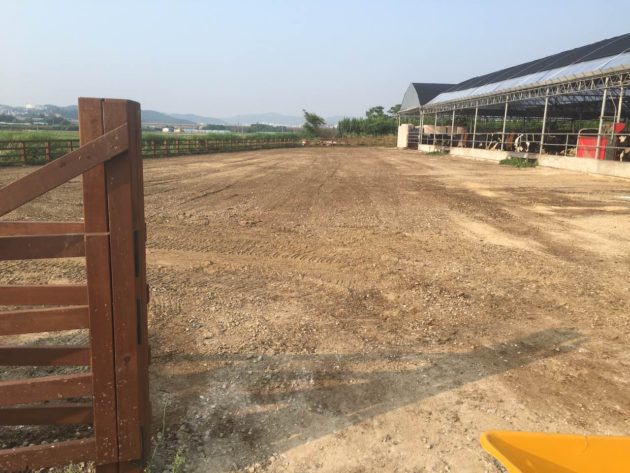Why should we use paddock grid & How can we fix paddock footing with it?
A common problem during the fall and winter months, muddy footing in horse turnout areas not only increases the difficulty of daily barn chores and grooming routines for owners, but creates a living environment for your horse that is neither safe nor healthy.
As well as providing an ideal breeding ground for bacteria and fungi that cause, among other conditions, scratches (also called mud fever) and thrush, muddy footing in horse paddocks can also lead to lost horseshoes, soft hooves, and injuries caused by slipping on the slick footing. Additionally, feeding your horse on a muddy surface can result in ingestion of dirt or sand particles that could cause colic.
Muddy paddocks can also have a negative environmental impact. Water runoff containing soil and traces of manure can contaminate local waterways and, if it leaches into the groundwater on your property, can also contaminate your well water.
Muddy footing tends to form first in high traffic areas of the paddock – gateways, around the water trough, feeding areas – where the frequent tramping of horse hooves churns up the topsoil and compacts the soil below. The soil compaction increases until eventually the rainwater, unable to penetrate and filter down through the soil, collects and pools on top, mixing with the topsoil and any organics – mostly manure but can also include hay and shavings – that have been trampled into the topsoil. This blend of ingredients (water, soil, and manure) is a recipe for mud.
Carrying Out the Cure
If it’s too late for preventative measures because your paddock is already a quagmire, don’t despair. There is a way to “spot treat” muddy patches.
Step 1: Remove the topsoil in the problem area to a depth of six to eight inches.
Paddock grid systems are designed to provide a stable base for the footing material while facilitating drainage of rainwater – functions which help minimize the occurrence of muddy paddock footing. Photo: Clients from Leiyuan Industrial Company.
Step 2: Lay down a layer of geotextile fabric (sometimes called filter fabric or landscape cloth), followed by three to four inches of 1.5 to 1.75-inch crushed stone, topped by another layer of geotextile fabric.
Step 3: Cover the geotextile fabric, making sure the edges are securely buried, with a minimum of six inches of the footing material of your choice.
The “sandwich” described in Step 2, created by the two layers of geotextile fabric and the crushed stone in between, acts as a water-permeable mechanical barrier that prevents the footing above from sinking into and mixing with the soil below, while in no way hindering drainage. Commercially available alternatives to this “sandwich” exist in the form of footing stabilization grid systems that consist of interlocking panels in a synthetic grid. The grid cells, which are porous to facilitate drainage, are filled in with gravel before being covered by the minimum six inches of footing material – usually gravel. The result is a stable base for the footing that drains well and reduces soil compaction and erosion. These grid systems can be installed throughout the entire paddock or in specific areas as needed.


